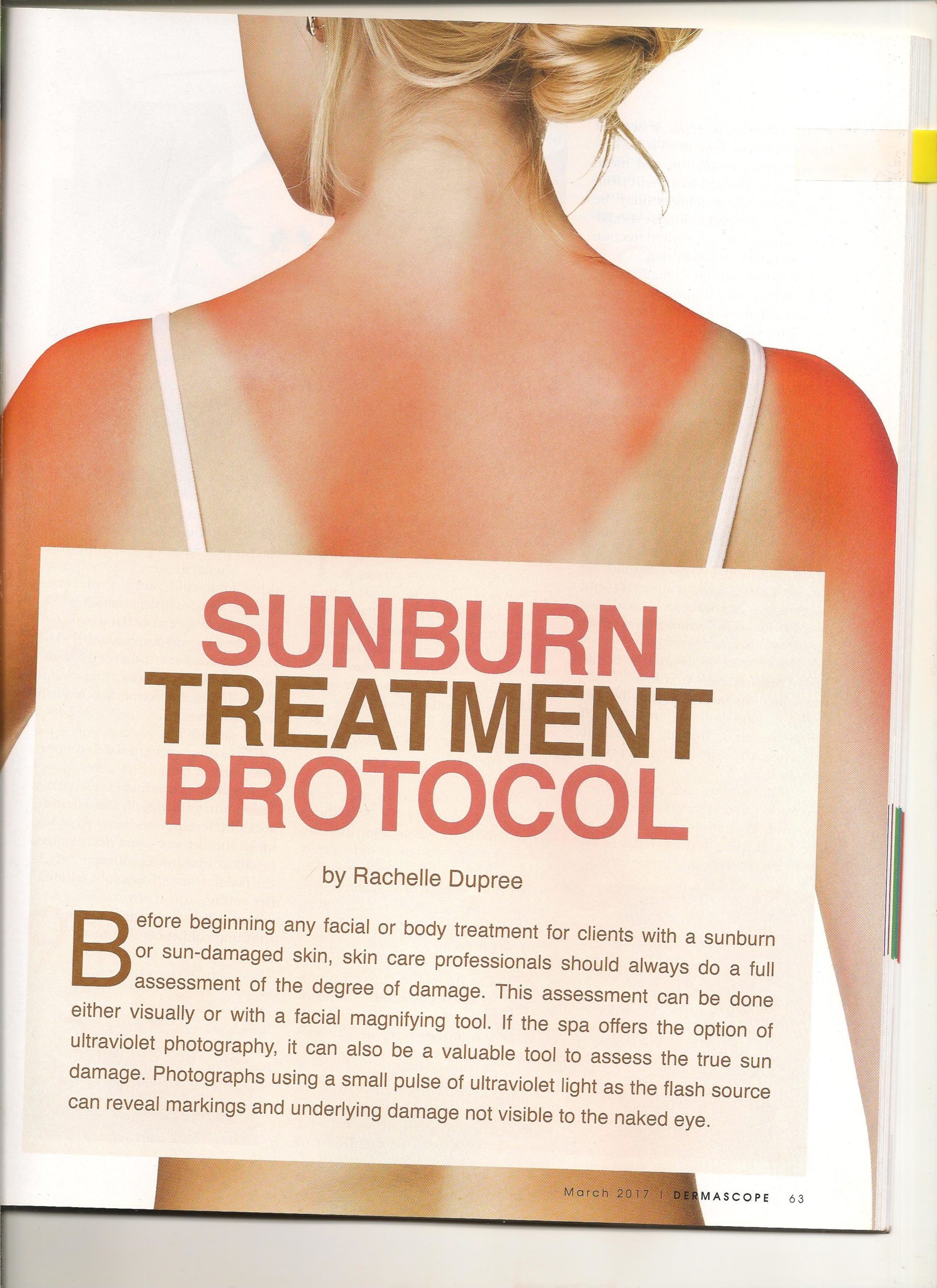
This article was written for Dermascope Magazine – print and online, March 2017 (© 2017)
SUNBURN TREATMENT PROTOCOL for Aestheticians
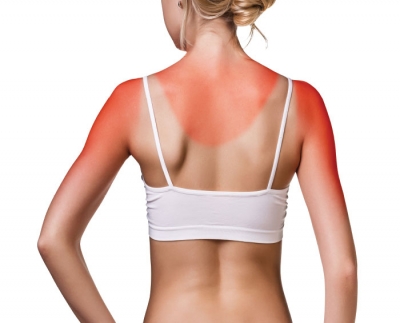 Before beginning any facial or body treatment for clients with a sunburn or sun-damaged skin, skin care professionals should always do a full assessment of the degree of damage. This assessment can be done either visually or with a facial magnifying tool. If the spa offers the option of ultraviolet photography, it can also be a valuable tool to assess the true sun damage. Photographs using a small pulse of ultraviolet light as the flash source can reveal markings and underlying damage not visible to the naked eye.
Before beginning any facial or body treatment for clients with a sunburn or sun-damaged skin, skin care professionals should always do a full assessment of the degree of damage. This assessment can be done either visually or with a facial magnifying tool. If the spa offers the option of ultraviolet photography, it can also be a valuable tool to assess the true sun damage. Photographs using a small pulse of ultraviolet light as the flash source can reveal markings and underlying damage not visible to the naked eye.
If clients show signs of second degree burns or long-term solar keratosis, further evaluation and more appropriate medical treatment from a qualified dermatologist may be necessary. This evaluation is especially important for the early detection and treatment of melanoma.
Over-the-counter medications such as aspirin or ibuprofen may decrease inflammation, swelling, and pain after facial sunburn. Advise clients to check with their doctor first to see if these medications are safe for them to take.
The typical sunburn will appear inflamed, red, hot to the touch, and sometimes feel itchy. After hours or days, the skin may begin to peel or shed in an attempt to slough off the damaged layers and create new growth.
Extreme care should be used when treating sun-damaged skin and most traditional facials should be avoided. Any facial treatments using steaming, chemical peels, acids, or exfoliation will do more harm than good at this time.
If the top epidermal layer has been burned, only simple hydrating and healing facials should be employed. Non-comedogenic, hypoallergenic, and herbal ingredients that help the skin repair and protect are best.
If the sunburn has occurred very recently, the skin may not have begun to peel. Hydration and cooling are key to helping reduce redness and pain and preventing future scaring.
STEP-BY-STEP PROTOCOL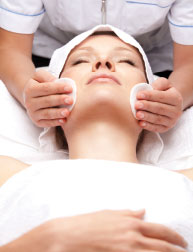
1. Start with a gentle cleansing to remove any dirt, makeup, or sunscreen. Use the most hydrating cream cleanser available. Formulas blended for extremely sensitive skin containing natural oils and healing botanicals are most beneficial.
2. Be careful not to use excessive rubbing or scrubbing motions when applying any treatments to sun-damaged skin as it may dislodge the top skin layer and exacerbate peeling. Apply the cleanser with a soft cotton ball or pad in a gentle patting or circular motion.
3. Continue the cleansing process with a second round of clean, cool water applied with a soft towel or cooling mist to rinse away residue.
4. Instead of a facial steam, follow with a soothing cold water compress or herbal mist. Fill a bowl or sanitized sink with cool-to-cold water. Professionals can also include aloe vera gel, green tea, or a cup of chamomile tea into the mixture to assist with skin healing. Aloe vera and green tea are natural skin regenerators and chamomile helps reduce inflammation and redness.
 5. Soak a medium-sized soft towel (or two) into the bowl mixture, wring out excess water, and gently apply it to the face and all affected sun damaged areas, including the neck and décolletage, for 10 to 15 minutes. Alternatively, if the facial steamer has a cold, humidifier setting, it can also be employed with the same herbal mixture or soothing cold cucumber mist.
5. Soak a medium-sized soft towel (or two) into the bowl mixture, wring out excess water, and gently apply it to the face and all affected sun damaged areas, including the neck and décolletage, for 10 to 15 minutes. Alternatively, if the facial steamer has a cold, humidifier setting, it can also be employed with the same herbal mixture or soothing cold cucumber mist.
6 .Remove the compress and use a microfiber towel or high thread count linen to gently pat away any excess moisture.
7. No extractions or any type of exfoliation should be performed at this time. The skin’s barrier is attempting to repair itself; proper steps must now be taken to prevent future damage.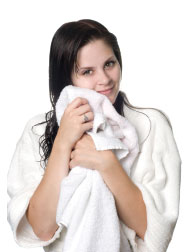
8 Gently hydrate the client’s skin. Use herbal serums, hydrating masks, or cream hydrators with as few chemicals and fragrances as possible to avoid allergic reactions and irritation. If applying a hydrating mask, use the same precautions and rinsing techniques as with the cleansing process. Using both hydrating masks and multiple moisturizers may be overkill for some clients – let their natural skin type be a guide. Oily and sensitive skin types may benefit from a lighter treatment until the damage has been repaired.
9. Apply an eye-specific moisturizing eye serum or cream around the sensitive eye area to prevent wrinkles and aid hydration.
10. Moisturize the face and neck area. Apply the product in a gentle patting motion instead of sweeping to avoid peeling. Moisturizers containing green tea; chamomile; comfrey; aloe vera; and natural oils, like jojoba; that mimic the skin’s own sebum and reduce redness and inflammation are excellent choices. Lavender essential oil has also been found to be extremely effective for healing burned skin, but should be used with caution for any sensitivity.
11. If further sun exposure is to be expected once the client leaves the spa, apply a combination zinc oxide moisturizer or sunscreen to provide the most coverage from damaging ultraviolet rays without the harsh chemical ingredients. Zinc is a natural antibiotic and antimicrobial that will help thicken, protect, and heal the skin from further ultraviolet damage.
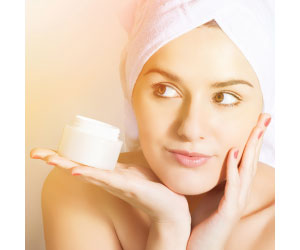 12. Advise the client to avoid home exfoliation; chemical peels; or any acid treatments, including alpha hydroxy acids; for at least one week after a sunburn. Alpha hydroxy acids slough off the outer layer of skin, which makes them effective exfoliators, but, in the process, they leave skin more vulnerable to the damaging effects of ultraviolet rays. Alpha hydroxy acids can increase the possibility of sunburn and sun sensitivity for up to a week after they have been applied, causing further damage and future melasma.
12. Advise the client to avoid home exfoliation; chemical peels; or any acid treatments, including alpha hydroxy acids; for at least one week after a sunburn. Alpha hydroxy acids slough off the outer layer of skin, which makes them effective exfoliators, but, in the process, they leave skin more vulnerable to the damaging effects of ultraviolet rays. Alpha hydroxy acids can increase the possibility of sunburn and sun sensitivity for up to a week after they have been applied, causing further damage and future melasma.
13. Remind the client that internal hydration is also key to treating sun-damaged skin. They should drink plenty of water; and wear protective clothing, such as hats and long sleeved shirts, when outdoors; and never leave home without applying the correct amount of sunscreen to exposed skin.

 Rachelle Dupree has over 20 years of experience in marketing, media, and communications. She earned a bachelor’s degree in communication arts and marketing and a second degree in graphic design. She studied with a Denver-based herbalist and naturopath for four years, combining her marketing knowledge with her love of natural remedies. She currently contracts as a marketing and communications director for Vivoderm Natural Skincare and various design clients.
Rachelle Dupree has over 20 years of experience in marketing, media, and communications. She earned a bachelor’s degree in communication arts and marketing and a second degree in graphic design. She studied with a Denver-based herbalist and naturopath for four years, combining her marketing knowledge with her love of natural remedies. She currently contracts as a marketing and communications director for Vivoderm Natural Skincare and various design clients.
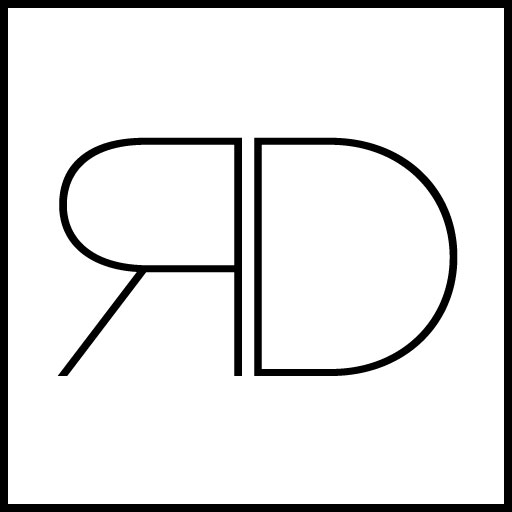
Comments